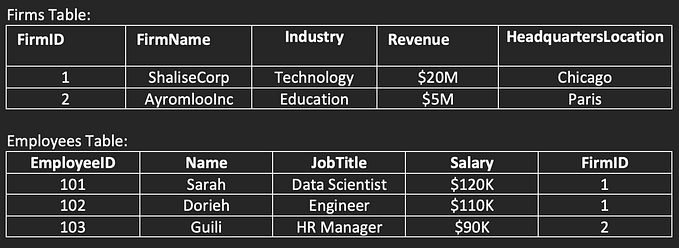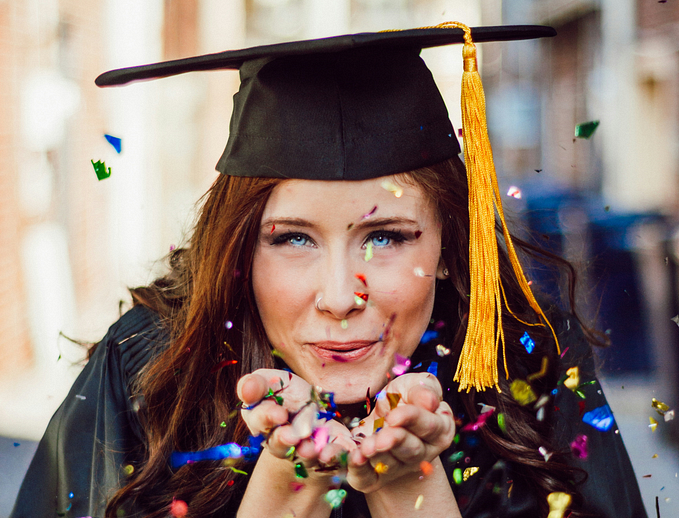Member-only story
The Gender Gap in AI: Challenges and Solutions for Fair Algorithms
Imagine an AI system that has the power to make life-altering decisions, yet it treats you differently simply because of your gender. This isn’t science fiction—it’s a reality we’re grappling with today. Gender bias in artificial intelligence isn’t just a technical glitch; it’s a profound issue that perpetuates inequality and mirrors our society's prejudices.
The Challenge of Gender Bias in Surveys
Statistical agencies must produce high-quality, relevant, and timely data, which requires minimizing survey nonresponse rates. Gender-based nonresponse patterns can affect data quality. For instance, if female-owned businesses have higher nonresponse rates for revenue questions, a statistical agency might allocate extra resources to collect this data.
To the best of my knowledge, no specific study has examined revenue nonresponse rates by the gender of business owners. However, it is noted that unit nonresponse generally tends to be higher among smaller businesses, and research by Fairlie and Robb (2008) indicates that female-owned businesses are, on average, smaller than those owned by males.
This could mean more survey reminders or in-person visits, increasing operational costs for female-owned businesses and making it harder for them to compete, thereby perpetuating existing disparities between female- and male-owned businesses.
Case Study: Predicting Business Nonresponse to Revenue Questions
To explore what we just discussed, I use simulated data to investigate whether there’s a correlation between a business owner's gender and whether that business reports revenue on a survey. A predictive model may indicate that female-owned firms are more likely to be nonrespondents to revenue questions than male-owned businesses. Consequently, the statistical agency might reach out to them more, increasing their operational costs and perpetuating any differences in outcomes between female-owned and male-owned businesses.
Here’s the script I used to generate the simulated data:
import pandas as pd
import numpy as np
import os
# Set random seed for reproducibility
np.random.seed(0)
# Define the number of businesses and years to simulate
num_businesses = 1000
years = [2021, 2022, 2023, 2024]
# Define 2-digit NAICS codes
naics_2d = ["11", "21", "22"…









